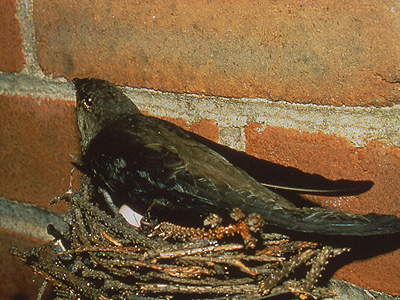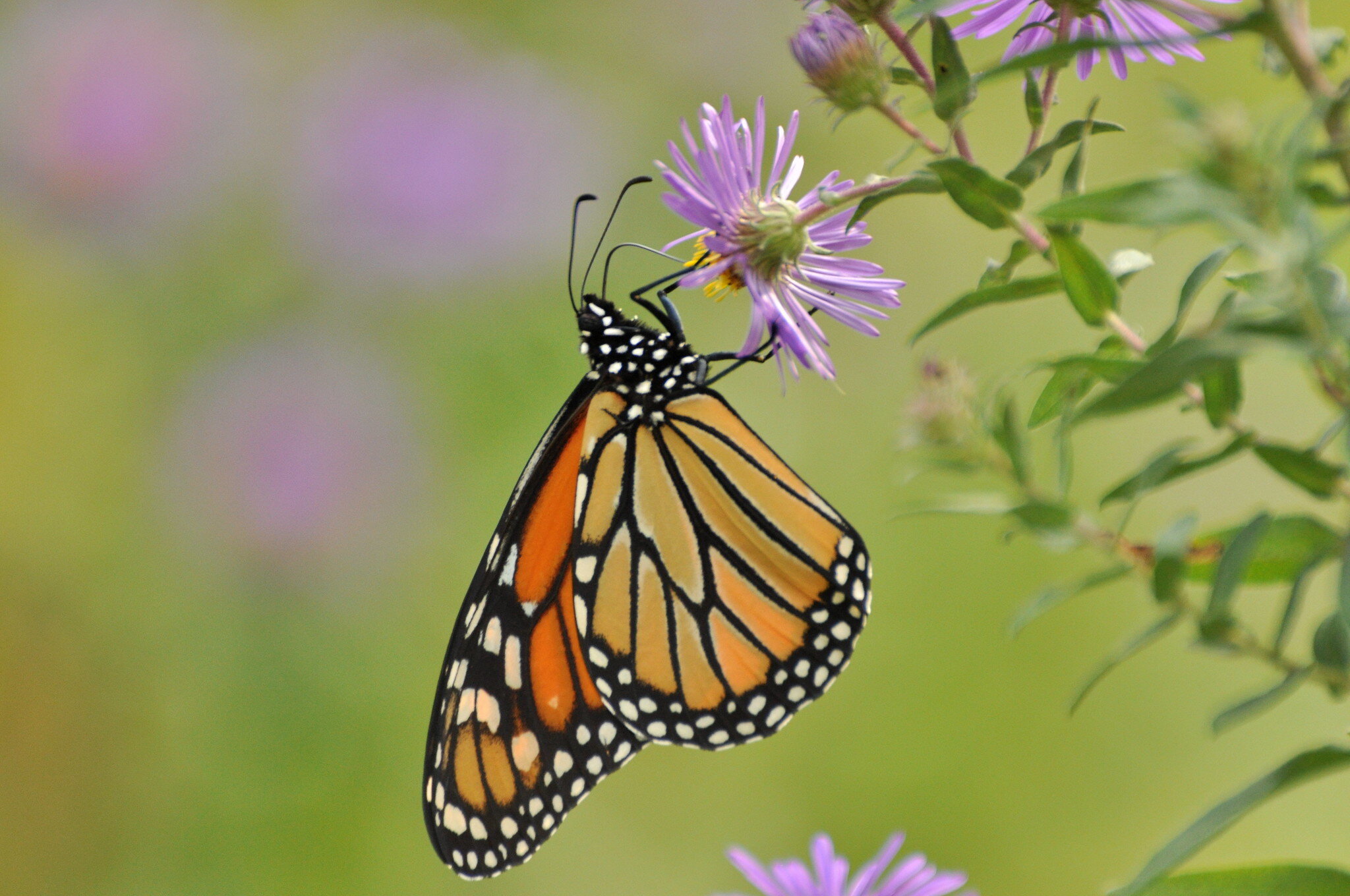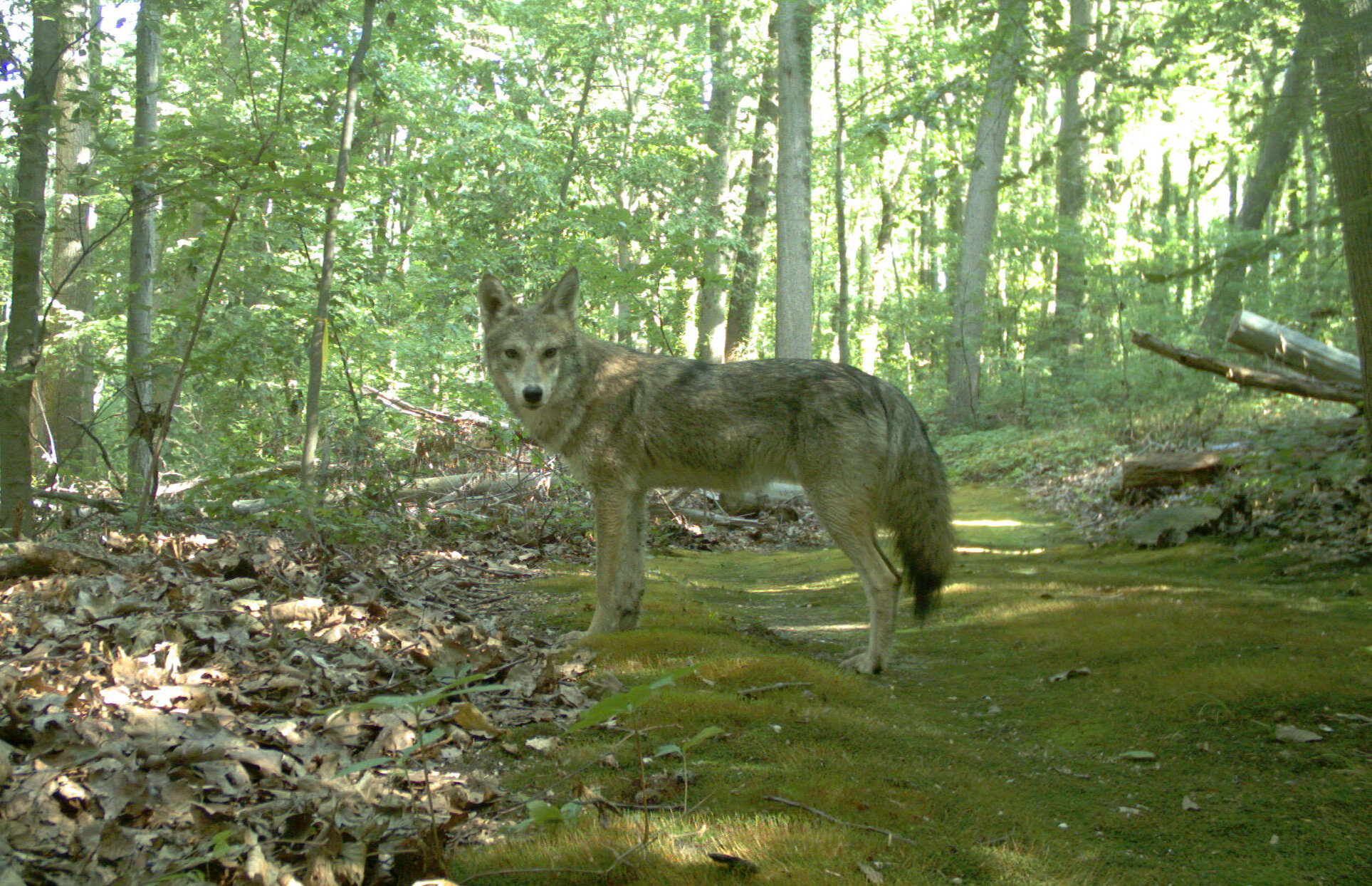By: John L. Turner
One of the many joys of summer in Suffolk County is spending time in the backyard relaxing with a book, swimming in the pool, gardening, or enjoying a family meal together. I’ve come to realize that during these backyard experiences we’re often not alone – we’re sharing the space around us – as wrens, orioles and robins fly about and butterflies dance among flowers; sometimes I’ll catch a glimpse of a chipmunk or squirrel scampering around, all going about their daily lives.

I’ve come to look especially forward to seeing one creature each summer and to do so I must gaze skyward to look for a small bird in ceaseless flight, dipping and zooming here and there, all the while twittering away. I’m referring to the Chimney Swift (Chaetura pelagica), a sooty brown bird with sharp sickle-shaped wings that’s been aptly described as a “cigar with wings”. I think that’s a little bit inaccurate – its more like a “half-smoked cigar with wings”, with its stubby tail reminiscent of the chewed on end of the cigar. The genus name Chaetura means “bristle tailed” in Greek, a reference to the stubby tail, tipped with small pointy feathers (these bristles help anchor the bird when roosting on vertical surfaces).
The Chimney Swift is one of four swift species native to North America; the other three – the slightly smaller Vaux’s Swift and the slightly larger Black and White-throated Swifts are western birds.
Swifts don’t so much fly as to appear to flutter. With surprisingly shallow wing beats this fluttering bird cuts through the air remarkably well, flying ceaselessly about in wide and tight circles as they search for the aerial prey that sustains them. In fact, swifts are the most aerial of all birds. A study published in 2016 documented a Common Swift, the European counterpart to our Chimney Swift, staying in the air for 10 months; that’s right, flying around for 10 entire months, not 10 weeks or 10 days, which would be enough of an outstanding feat to make any ultra-marathoner proud, but 10 months of not touching land! Scientists made the obvious conclusion the bird routinely slept on the wing, shutting down half its brain at a time while keeping the other half active. She finally came back to earth to mate, lay eggs and raise young.
Occasionally swifts break from their typical fluttery flights to display courtship behavior. During these displays a mated pair flies together, about a foot or two apart, and synchronously throw their wings into a deep V-shaped position and glide for a second or two before resuming regular flight. It’s a little joy to behold and life is worth living due to little joys, right?

Chimney swifts raise their young in small, half-moon shaped nests made of small sticks built onto the sides of walls. Both sexes help to build the nest and they employ an interesting material to bind the nest together – saliva. During the breeding season the salivary glands of both sexes swell, producing a glue-like saliva that hardens to hold the nest together. On a related note: if you’ve ever heard of, or perhaps tried, “Bird’s Nest Soup”, you’re consuming a food made from the edible saliva of two bird species related to the Chimney Swift – Asian swiftlets. These nests support an industry worth hundreds of millions of dollars annually. In fact, the nests of swiftlets are among the most expensive animal products in the world, fetching as much as several thousand dollars per kilogram. So if you’ve tried the soup, kudos to you because you’re obviously financially well off!
Swifts over Suffolk County



